
Valentine’s Day Science Activities for Preschool and Elementary Students
When getting ready to celebrate Valentine’s Day with your students, science may not be the first subject you think of for planning an activity. However, I’ve found several ways to introduce science to this happy holiday! Click here for more preschool Valentine’s Day Activities.
Some links may be affiliate links. By clicking on them I may make a small commission at no extra cost to you.
Classification
Mixtures & Solutions
Color Mixing
Dancing Hearts
Scientific Method
Valentine’s Day Science
Classification
During Valentine’s Day, a bag or two of candy hearts is going to get you far in your classroom (or homeschool)! The above link is for Amazon and has one bag selling for $10…please just buy them at your local grocery or Target for far less than that!
This bag also says they are “tiny”…these are just the regular ‘ol sized conversation hearts that have been around forever.
Anyway…these hearts are great for sorting or “classifying”. Preschoolers can sort them into the different colors. Young readers may be able to sort them according to what phrase is on them.
Mixtures & Solutions
During this week’s TWO snow days, my kindergartner and I had so much fun making a mess in the kitchen in the name of science. We added different substances to candy hearts to see what would happen!

Here are some of the items we added, some at my suggestion and others at my five year old’s.
- White Vinegar
- Baking soda & vinegar
- Warm water
- Vegetable oil
- Brown sugar…I think he was just clearing out the baking cupboard at this point
- Sprite
During this experiment we touched on solutions vs. mixtures as well as cause and effect.
Spoiler: The only way we found to actually dissolve the hearts was in hot water
If your mixtures leave you with fun colored liquids, you can do…
Color Mixing
If you have melted down the candies, you will be left with some colorful mixtures!
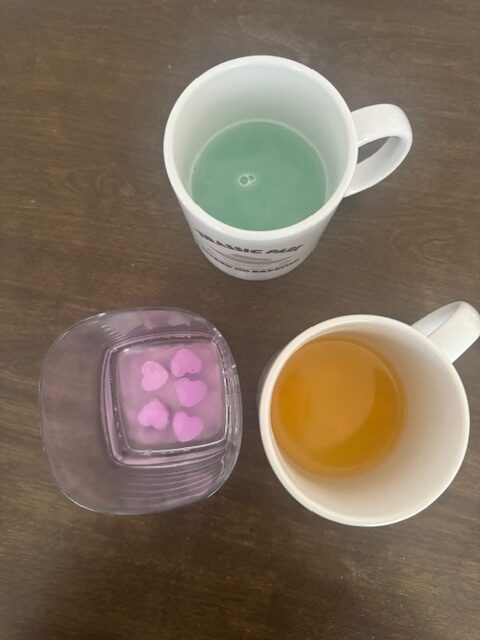
Students can have fun pouring the different colored solutions into each other to see what happens. This is great for the sensory table or just in big clear plastic containers.
Unfortunately, the Brach’s Conversation Heart colors do not lend themselves to proper color mixing (primary colors to secondary colors) as the only primary color featured is yellow. However, there are other candies this would work with such as jelly beans, Skittles or Life Savers.

If you’d like to forgo the mixing, another idea is to decorate snow! We poured our colored solutions into the snow. Our solutions were made up of only five candies and about 1/3 cup warm water. If you are doing this activity, I would highly suggest making more of the solution!

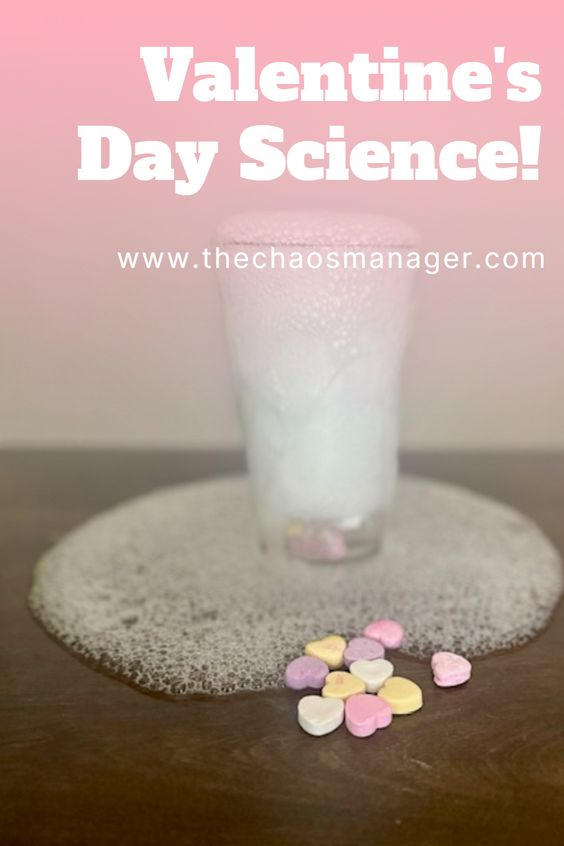
Dancing Hearts
This fun science trick can be used with any number of items, but of course during Valentine’s Day we need to use candy hearts!
Materials:
- About 10 candy hearts
- A clear container (I used a drinking glass)
- 1 TBSP baking soda
- Water (enough to fill half of your container)
- Around 1/4 cup of white vinegar
Steps
- Fill your container halfway with water, then add the baking soda and stir.
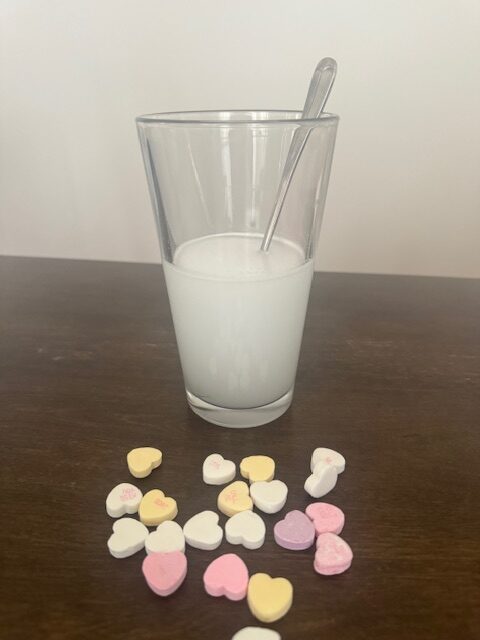
2. After about 5 minutes the soda will dissolve and the water should be clear again.
3. Add the hearts to the glass. Also, check out this really cool picture of the water being displaced by the hearts!
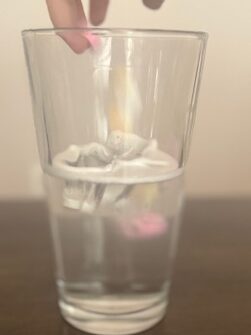
4. Carefully add vinegar to the glass. You may want to do this part inside of a sensory tub. I think we all know what happens when you add baking soda and vinegar together…My daughter was a bit heavy handed, which is why the rest of my photos have paper towels in the background!
5. The hearts will begin to “dance” up and down in the container. The effect will last for about two minutes, but if you agitate the container it will restart for close to 30 minutes.



If you want to make this even more “scientific” check out this set of plastic beakers from Amazon.
Scientific Method
Teaching the scientific method can start a lot younger than you might think! Kids have that wonderful natural curiosity which lends itself to the first step- Ask a question!
The color mixing and dancing hearts experiments above are excellent ways to get young kids to ask a great scientific question:
What will happen if…?
Begin using scientific vocabulary early and your little scientists will love being in the “lab”!
Explaining to kids that their guesses are called a hypothesis and that when they mix the different liquids with candy, it is an experiment. Once they’ve discovered the effect of what they’ve chosen to mix, explain that this new information is their data. Even if these terms mean nothing to them now, eventually they will stick!
Older Students
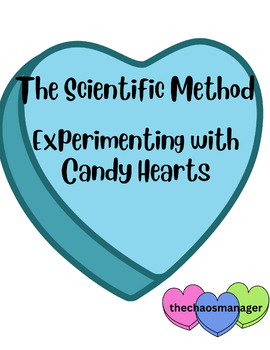
Are you working with a wide range of students or have older siblings to teach too? Check out my Valentine’s Day Science Lab Packet! Designed to be open ended as far as the amount of supplies needed, this is a great way to bring Valentine’s Day and the scientific method into an older classroom. Check it out on my Teachers Pay Teachers store!
See also- Candy Heart Graphing
E is for Experiment Handwriting Practice
Mineral Mysteries Lab
Interested in more science? Check out some of my past posts:
Chalk Rockets
Blood & Circulation Activities
Heart Pump Activity
Math & Science Lessons from Disney World




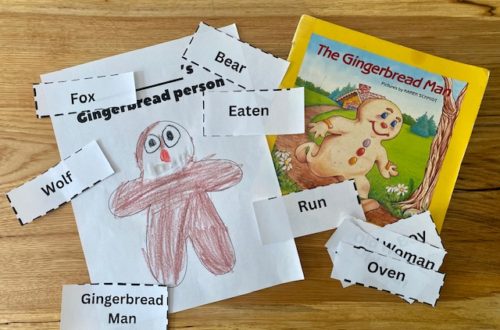
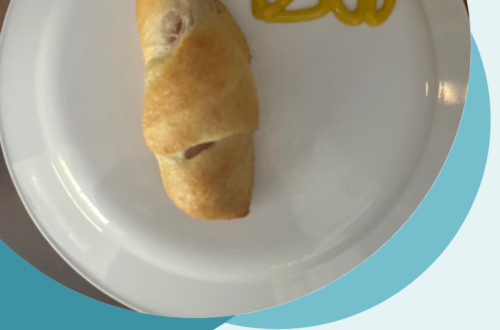

One Comment
Pingback: